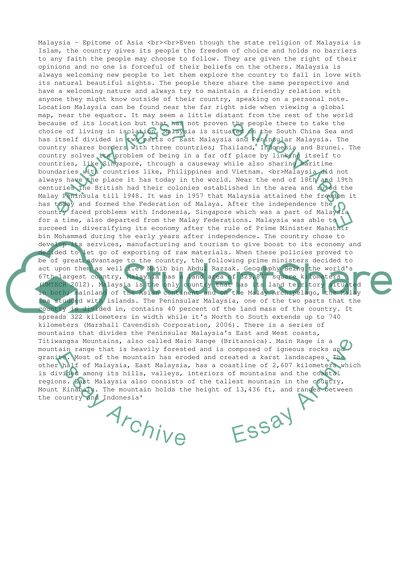Cite this document
(“Malaysia - Epitome of Asia Essay Example | Topics and Well Written Essays - 2000 words”, n.d.)
Retrieved from https://studentshare.org/business/1453165-country-survey
Retrieved from https://studentshare.org/business/1453165-country-survey
(Malaysia - Epitome of Asia Essay Example | Topics and Well Written Essays - 2000 Words)
https://studentshare.org/business/1453165-country-survey.
https://studentshare.org/business/1453165-country-survey.
“Malaysia - Epitome of Asia Essay Example | Topics and Well Written Essays - 2000 Words”, n.d. https://studentshare.org/business/1453165-country-survey.


